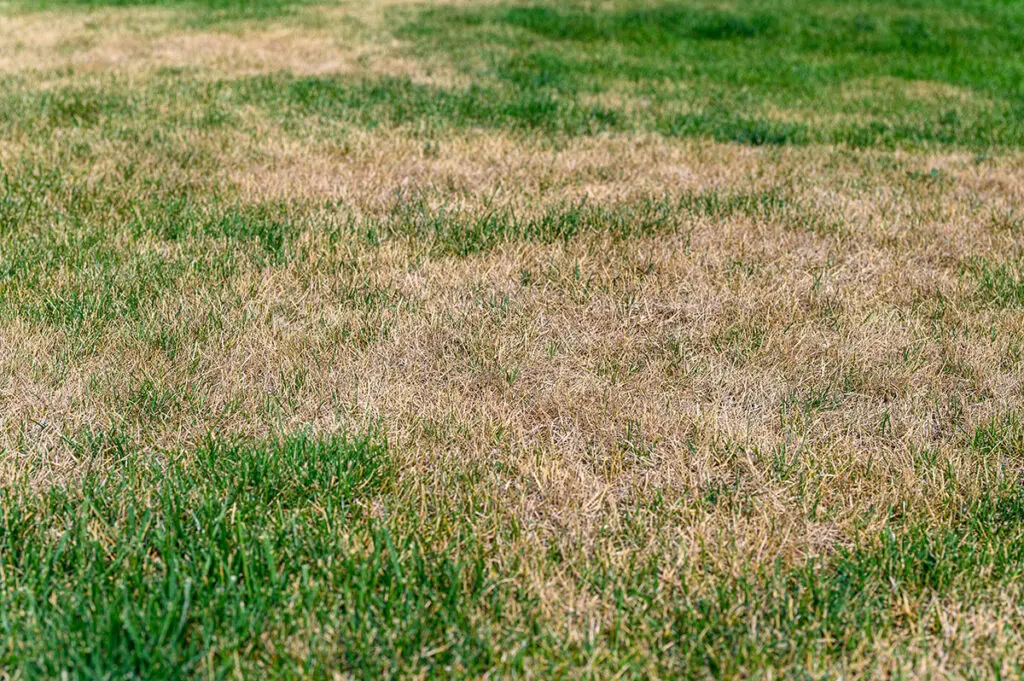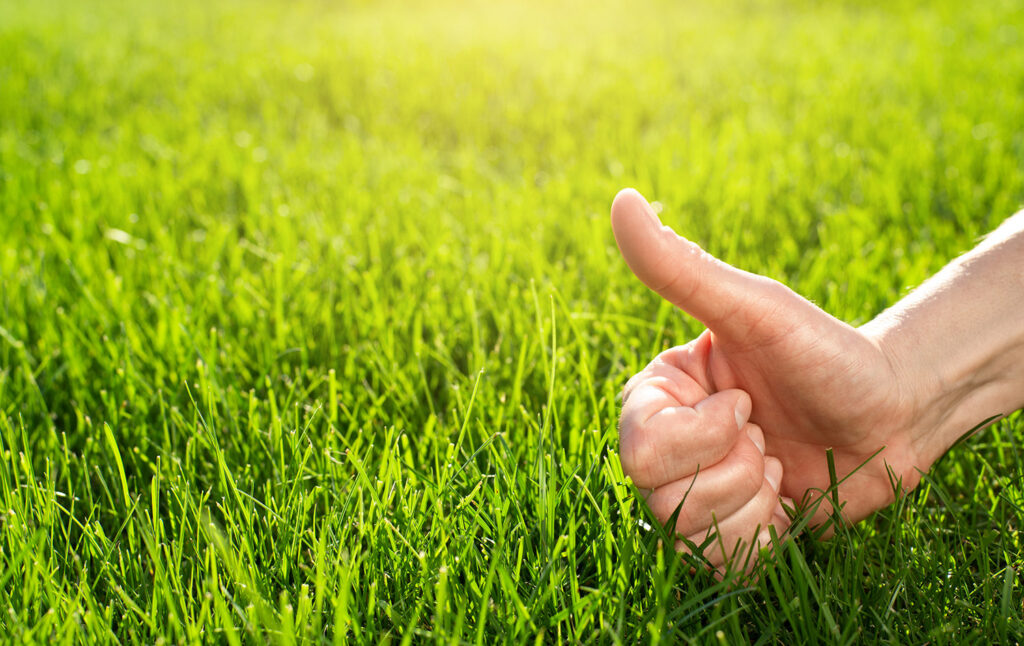
Watering your lawn seems simple, but timing makes all the difference. Do it too late or too often, and you risk shallow roots, disease, or wasted water. In this guide, the experts at JHL Turf Pros answer the question “when is the best time to water your lawn?” and explain how you can keep your yard green, lush, and thriving.
Why Timing Matters for Lawn Watering
Knowing the right time to water grass can mean the difference between a vibrant yard and one plagued by weeds or disease. Watering at the wrong time of day—especially during the afternoon heat—leads to quick evaporation, wasting water before it reaches the roots. Similarly, watering at night may seem convenient, but it leaves grass blades wet for too long, encouraging fungal growth.
So, when is the best time to water your lawn? Early morning, ideally between 6 a.m. and 10 a.m., is best. Cooler temperatures and calm winds help the water soak into the soil efficiently while giving the blades time to dry before nightfall. Your lawn stays healthy when it absorbs the moisture it needs, without inviting pests or disease.

How Much Water Does Your Lawn Need?
Your lawn needs about 1 to 1.5 inches of water per week, including rainfall. That might sound like a lot, but it’s best delivered in deep watering sessions 2–3 times a week rather than light watering every day. Deep watering encourages deeper growth of grass roots, leading to a healthy lawn that’s better prepared to handle weather conditions like heat and drought.
Wondering if you’re hitting the right amount of water? Use the tuna can test: place an empty can on your lawn during watering. When it’s full, you’ve likely applied about 1 inch of water. You can also try the screwdriver depth test—if a screwdriver easily pushes 6–8 inches deep into the soil after watering, you’re in the proper range for lawn care.
Watering Tips by Grass Type
Not all grasses have the same needs. Understanding your grass type helps you adjust your watering practices for better results.
- Cool season grass, like Kentucky bluegrass and fescue, grows best in spring and fall and may go dormant during extreme summer heat. These grasses require more frequent watering during dry spells to stay green.
- Warm season grass, like Bermuda or zoysia, thrives in the heat and needs less water once established, especially during cooler months.
Each grass type also has different tolerances for drought, foot traffic, and shade. Tailoring your lawn care strategy based on these differences ensures a healthy lawn year-round.
Understanding Soil Types and Water Absorption
Your soil type significantly affects how often and how deeply you should water.
- Clay soil holds water well but drains slowly, meaning you can water less often but should watch for runoff.
- Sandy soil drains quickly and may require more frequent watering in shorter sessions to avoid waste.
- Loamy soil is ideal for proper watering—it retains moisture while draining well, helping water reach the roots inches deep.
To improve absorption in dense or compacted areas, consider aerating your lawn or adding organic matter. These practices boost your soil’s ability to absorb and hold water more efficiently.

Signs Your Lawn Needs Water
How do you know it’s time to water? Look for early signs of drought stress:
- Grass blades begin to curl or fold
- The lawn looks gray or dull instead of vibrant green
- Footprints remain visible longer than usual after walking across it
You can also do a simple moisture check by inserting a screwdriver or moisture meter into the soil. If it’s hard to push in or the top few inches feel dry, it’s definitely time to water your lawn.
Seasonal cues matter, too. During hot, dry spells or when rainfall is scarce, increase your watering sessions. If cooler weather returns, cut back to avoid overwatering.
Adjusting Watering Through the Seasons
Your lawn’s watering needs change as the local weather and seasons shift:
- Spring: Start watering when the lawn comes out of dormancy. Increase frequency as temperatures rise.
- Summer: This is when consistent watering sessions matter most. Water early in the day to reduce evaporation and stress from heat.
- Fall: Gradually reduce watering as temperatures drop. Fall is also a good time to aerate and fertilize.
- Winter: Most lawns go dormant, especially in colder climates. Resume watering only if there’s an extended dry spell and temperatures are above freezing.
Adapting your routine based on the time of year ensures you’re not wasting water, and keeps your lawn care efficient and eco-friendly.

Get a Greener Lawn with JHL Turf Pros
Want a healthy lawn without all the guesswork? At JHL Turf Pros, we create tailored watering plans based on your grass type, soil condition, and regional climate. Our services include full lawn care evaluations, custom watering strategies, and seasonal lawn maintenance to help your yard stay healthy and vibrant while saving water.
Our team takes the science—and stress—out of lawn care so you can enjoy your outdoor space to the fullest.
It’s Time for a Better Lawn
Want your lawn to stay green all season long? JHL Turf Pros can help. We’ll analyze your yard’s soil and grass type to build the ideal watering plan. Reach out today for expert advice, healthier roots, and a lawn you’ll love coming home to.
